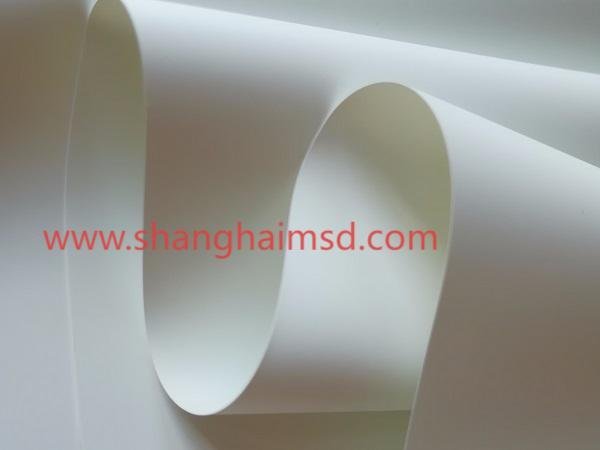Across both residential and commercial construction, architects are increasingly drawn to PVC Ceiling Film as a versatile solution for achieving sleek finishes and low-maintenance surfaces. As demand grows for cost-effective and visually refined ceiling treatments, this material is gaining traction for its adaptability, clean installation, and compatibility with evolving lifestyle preferences.
The appeal of PVC Ceiling Film lies in its ability to deliver a seamless and customizable finish without the weight or complexity of traditional ceiling systems. Offered in a variety of textures, gloss levels, and colors, it suits a wide range of interior styles—from minimalistic modern apartments to richly designed hospitality venues. For designers working with tight budgets or fast turnaround timelines, this film offers both speed and sophistication.
One of the most important innovations behind this material is its thermal stretch capability. When heated and applied under tension, the film conforms tightly to installed ceiling frames, creating a flawless, sag-free surface that requires no paint or finishing. This technique allows for expansive, uniform surfaces that can also conceal wires, lighting infrastructure, or HVAC elements without adding bulk.
Shanghai MSD International Trade Co. has played a pivotal role in making these ceiling films more accessible to global markets. Their products are engineered with high-grade PVC polymers, ensuring stability under changing indoor conditions. Clients benefit from options such as anti-fungal coatings, UV resistance, and fire-retardant additives, depending on the environment’s specific requirements.
One of the key areas where PVC ceiling solutions are expanding is in retrofitting. In older buildings, installing new ceiling systems can be time-consuming and invasive. The lightweight profile and non-destructive installation method of ceiling film make it an excellent option for refreshing dated interiors quickly—especially in hotels, office lobbies, or retail stores undergoing periodic upgrades.
Another growing segment is wellness-focused spaces such as spas, clinics, and yoga studios. These environments often emphasize harmony, light diffusion, and acoustic control—all areas where ceiling films can outperform conventional drywall or paneling. Glossy and satin variants reflect ambient lighting in a soft, even way, while matte finishes absorb glare and reduce visual noise.
In terms of environmental impact, many ceiling film manufacturers are moving toward recyclable substrates and low-emission production methods. Shanghai MSD, in particular, provides materials with low VOC output, meeting the criteria for healthier indoor environments. Their catalog includes films suitable for use in projects seeking LEED or equivalent sustainability certifications.
Aside from the functional benefits, the visual impact of a stretch ceiling system cannot be overstated. With precise fabrication and custom-printed designs available, PVC films are now being used to feature artistic skylines, branded motifs, or even dynamic ceiling lighting integration in creative commercial spaces. Whether the goal is subtle elegance or dramatic ambiance, the material offers flexibility not easily achieved through plaster or metal.
Shanghai MSD offers comprehensive support for designers, contractors, and developers looking to integrate ceiling films into their projects. Their global supply capabilities and technical guidance ensure that projects meet both aesthetic and performance benchmarks without delays or installation complications. To browse their full range of PVC ceiling solutions, visit: http://www.shanghaimsd.com/product/ .



